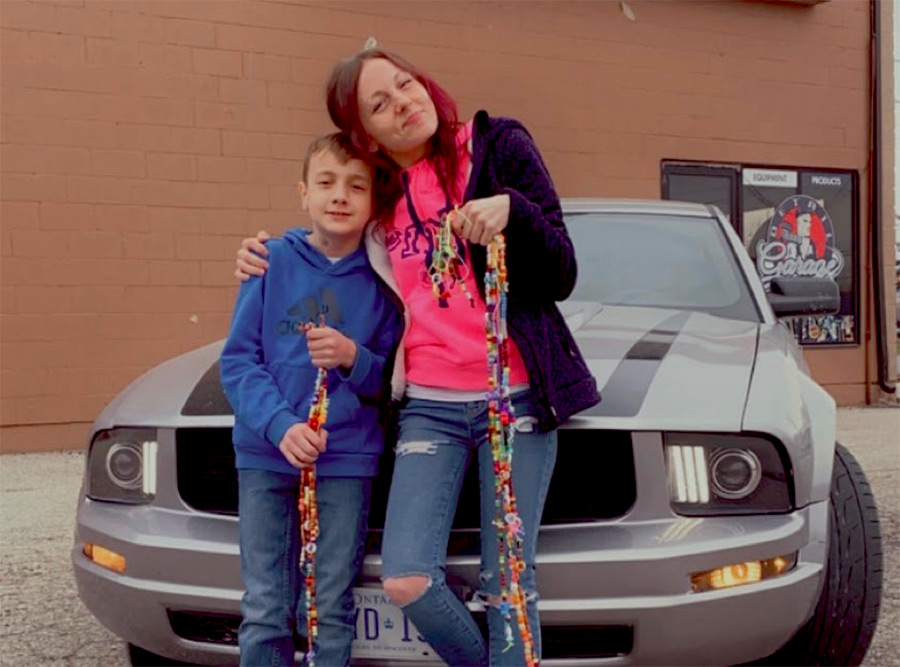FERGUS – Turning 12 may not be a milestone for most children, but for Liam Oakley it’s a major achievement.
Ten years ago, he was given a 30 per cent chance of surviving an April 1 bone marrow transplant.
Mother Amanda Phillips said her son was diagnosed with IPEX syndrome at age two, and spent a majority of his infancy at Sick Kids Hospital in Toronto while doctors worked on diagnosing his condition.
“Up until that point that we learned of it, we didn’t know what was wrong with him; the doctors had no idea for about probably five months,” Phillips said.
“We were in the hospital basically keeping him alive with nutrition that went through his one artery in his neck … it kind of desensitized us; when we actually heard the news it was kind of a relief, like, ‘Okay, we have a name for it, we can move forward.’”
IPEX (Immune dysregulation, polyendocrinopathy, enteropathy, X-linked) syndrome is an autoimmune disease that is extremely rare, affecting one in every 1.63 million people.
IPEX presents early in life and is caused by a gene abnormality that affects the production of T cells in the body, a type of immune cell. Without a normal FOXP3 gene the body’s other immune cells attack healthy tissue.
“The bone marrow transplant, it’s sort of in the testing stages of treating this disease, and a lot of kids don’t really survive that process,” Phillips explained.
“With a bone marrow transplant you have to go through chemotherapy to kill off your existing bone marrow…”
The available curative therapy for IPEX is a stem cell transplant from a healthy donor. Phillips was able to find a bone marrow donor within three weeks of her son’s diagnosis.
“His bone marrow donor is a mom from Florida, about my age (34). She was a 10/10 match,” said Phillips.
Oakley turns 12 in April and has beat the odds, now living a healthy life.
“Some days I’m very shocked, like ‘Oh my god!’, he made it this far, because without the transplant he would have died before the age of two, and they gave us a 30% chance of survival with the transplant,” said Phillips.
“It seems like all of the hospital stuff is just a distant memory; it’s like it didn’t even happen. So think back to how we actually went through all of that, it’s unbelievable.”
Bravery beads represent different milestones that children at Sick Kids hospital have gone through.
Many children in critical care have amassed spools of string with these colourful beads representing every surgery, appointment, or achievement.
“Liam has about six strings full, about two to three feet long full of beads, he has them in a jar in his bedroom on his dresser. It’s an eye opening experience being at Sick Kids – you see a different side of a lot of things,” she said.
Phillips continues to recognize the significance of her son’s transplant, celebrating a “transplant-iversary” once a year.
“We recognized it pretty much year one. I’d always get him a cake, even if it was just the two of us. I always ask him, ‘Do you know what this day is? Do you know why it’s special?’
“He’s thinking and he names a few things and then he says, ‘Oh! That day were I got that thing done?’ Because he doesn’t remember any of it, he was so young; every year I just try to remind him just tell him that he is so lucky that he has such great doctors – he’s basically one in 1.63 million.”




